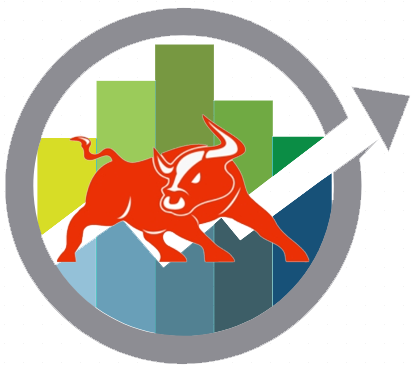Monetary Policy Basics – Meaning, Objectives, Tools. Understand What is Monetary Policy and its’ Objectives and Tools.
Monetary policy is a crucial aspect of any economy, and understanding its basic principles is essential for anyone interested in economics. The term refers to the actions taken by a country’s central bank to manage the supply of money in the economy, and the interest rates charged on loans and mortgages. In this blog post, we’ll explore what is monetary policy, its objectives, and its tools.

What is Monetary Policy?
Monetary policy refers to the actions taken by a central bank to manage the money supply and interest rates in an economy. It’s one of the most critical tools that governments use to control the economy’s overall health. It’s important to note that while monetary policy is implemented by the central bank, it’s not the same as fiscal policy, which is implemented by the government.
Monetary policy can be expansionary or contractionary, depending on the economic conditions in a country. Expansionary monetary policy aims to stimulate economic growth by increasing the money supply and lowering interest rates. This is done to encourage businesses to invest and consumers to spend more money. In contrast, contractionary monetary policy aims to slow down economic growth by decreasing the money supply and raising interest rates. This is done to combat inflation, which can occur when there is too much money chasing too few goods and services.
Objectives of Monetary Policy
The primary objective of monetary policy is to maintain price stability in the economy. This means keeping inflation at a low and stable level. Inflation occurs when the general level of prices for goods and services increases over time. High inflation can lead to a decrease in the value of money, as people need to spend more to purchase the same goods and services.
However, central banks also have other objectives, including promoting full employment and economic growth. By adjusting interest rates and the money supply, central bank can encourage or discourage borrowing and spending, which can have a significant impact on the economy’s overall health.
Tools of Monetary Policy
Central banks use a variety of tools to implement monetary policy. The most common tools include:
- Open Market Operations: This involves the buying and selling of government bonds in the open market. When the central bank buys government bonds, it increases the money supply, which can lower interest rates. Conversely, when it sells government bonds, it decreases the money supply, which can raise interest rates.
- Reserve Requirements: Banks are required to hold a certain percentage of their deposits as reserves. By increasing or decreasing these reserve requirements, central banks can influence the amount of money that banks can lend out.
- Discount Rates: The discount rate is the interest rate that banks must pay when borrowing money from the central bank. By changing the discount rate, central banks can encourage or discourage borrowing and lending.
Monetary Policy FAQs
Who sets Monetary Policy in a country?
In most countries, monetary policy is set by the central bank or monetary authority. For example, in the United States, the Federal Reserve is responsible for setting monetary policy.
How does Monetary Policy affect the economy?
Monetary policy can affect the economy in many ways. For example, when a central bank lowers interest rates, it can encourage borrowing and spending, which can stimulate economic growth. On the other hand, if the central bank raises interest rates, it can slow down economic growth and control inflation.
What are the tools used in Monetary Policy?
Central banks use a variety of tools to implement monetary policy, including open market operations, discount rate policy, and reserve requirements. Open market operations involve buying or selling government securities to influence the money supply, while discount rate policy refers to setting the interest rate at which banks can borrow money from the central bank. Reserve requirements refer to the amount of money that banks must hold in reserve against deposits.
What is the difference between Fiscal Policy and Monetary Policy?
Fiscal policy and monetary policy are two tools used by governments to manage the economy. Fiscal policy refers to government spending and taxation, while monetary policy refers to the management of the money supply and interest rates by the central bank. While both policies can affect the economy, they work in different ways and have different goals. Fiscal policy is often used to address issues such as unemployment and inequality, while monetary policy is focused on maintaining price stability and promoting economic growth.
Conclusion
In conclusion, monetary policy is a critical tool used by central banks to manage the money supply and interest rates in an economy. Its primary objective is to maintain price stability, but it also plays a crucial role in promoting full employment and economic growth. By using tools such as open market operations, reserve requirements, and discount rates, central banks can influence borrowing and lending, which can have a significant impact on the overall health of the economy.
Related Posts:
- Mutual Fund and SIP FAQs
- Top 200 Listed Companies in India
- Why Invest in Textile Stocks in India?
- Diversified Portfolio – Why?
- How to Predict Stock Market Direction
- How to Invest Like a Professional Expert?
- Best Investment Options for High Return
- Stock Market Terminology for Beginners
- Introduction to Stock Market in India




